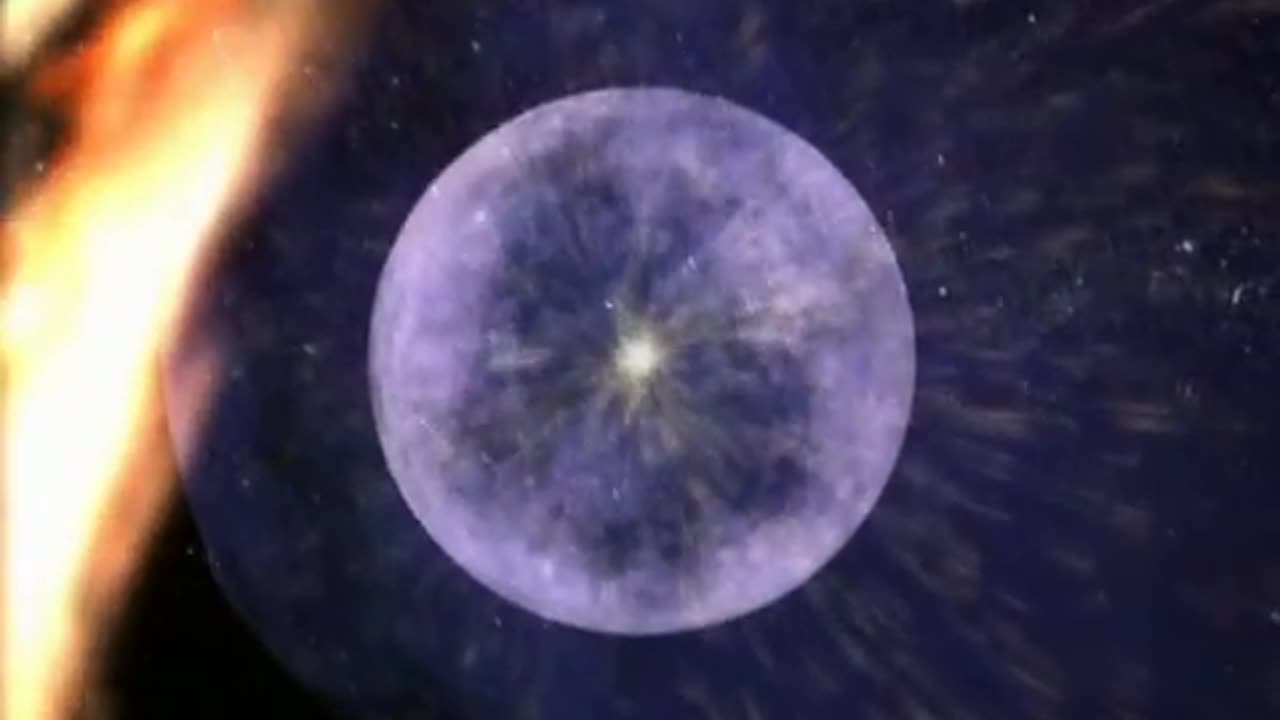Premium Only Content

Mission Update: IBEX
With each new probe to a neighboring planet, with each new science mission to study our sun, the moon, another heavenly body, we add to our growing knowledge and understanding of our solar system. Yet, as weve come to know much of how things are in our small corner of the cosmos, were still in search of one fundamental answer.
What are the boundaries of our Solar System? What of the areas that surround and separate us from what lies beyond?
Willis S Jenkins: "We would like to look beyond what other missions have accomplished and have done such as voyager 1 and 2."
From the sun flows the solar wind. It inflates the bubble surrounding our solar system. This heliosphere protects Earth, and every living thing on our planet, from dangerous galactic cosmic rays. But how? How does the heliospehere interact with the harsh environment of the Milky Way galaxy to keep us safe?
A new mission, IBEX, the Interstellar Boundary Explorer, is about to search for answers.
Willis S Jenkins: "The outer boundary that we have now we kind of defined it through again previous missions. We have somewhat of a clear picture, but this would go again. This would be a better definition of where it is."
IBEX will go into orbit 200-thousand miles above the Earth most of the way to the moon. Itll use a pair of atom sensors thatll act as cameras. Theyll produce first-of-its-kind images depicting the interactions between the million mile-per-hour solar wind and the interstellar medium, the low-density material between the stars. Every six months, IBEX will complete an all-sky map of the interstellar boundaries, telling us more about they work, and how they protect us all.
Willis S Jenkins: "As we go out to explore out in to mars and going back to the moon, we want to know what those effects are as we go through these various areas within space."
To keep up on the latest news about IBEX and its scheduled October 5th launch, learn more about the heliosphere, or watch informative videos about the mission, visit www.nasa.gov/ibex.
-
 LIVE
LIVE
Nerdrotic
3 hours ago $5.93 earnedMarvel PANIC MODE! Kathleen Kennedy GONE?! Hollywood DEI Dead | Friday Night Tights 342 Nick Freitas
5,625 watching -
 1:46:26
1:46:26
Vigilant News Network
4 hours agoDiddy’s Epstein Moment: Is the Fix Already In? | The Daily Dose
34K2 -
 DVR
DVR
Revenge of the Cis
3 hours agoEpisode 1454: Do You Feel In Charge
14.8K2 -
 1:05:17
1:05:17
In The Litter Box w/ Jewels & Catturd
22 hours agoEPSTEIN: PHASE ONE | In the Litter Box w/ Jewels & Catturd – Ep. 752 – 2/28/2025
60.9K39 -
 1:49:10
1:49:10
The Quartering
5 hours agoTrump DESTROYS Zelensky To His Face, Trump Assassin Accomplice & Epstein File Debacle
107K69 -
 15:36
15:36
Tactical Advisor
6 hours agoMUST HAVE AR15 Upgrades for Under $100
61K4 -
 28:11
28:11
Rethinking the Dollar
7 hours agoTrump(verse): Trump Family Going All In On Crypto
3862 -
 21:49
21:49
Mrgunsngear
3 hours ago $0.08 earnedBarrett M107A1 .50 Cal Semi-Automatic Rifle Review
1.49K2 -
 1:14:18
1:14:18
Tucker Carlson
7 hours agoDr. Richard Bosshardt Reveals Deadly Truth: Most Surgeons Aren’t Fit to Practice. Here’s Why.
133K82 -
 3:48:32
3:48:32
Right Side Broadcasting Network
9 hours agoLIVE REPLAY: Pres. Trump and Ukrainian President Zelenskyy Meet and Hold a Press Briefing - 2/28/25
244K173